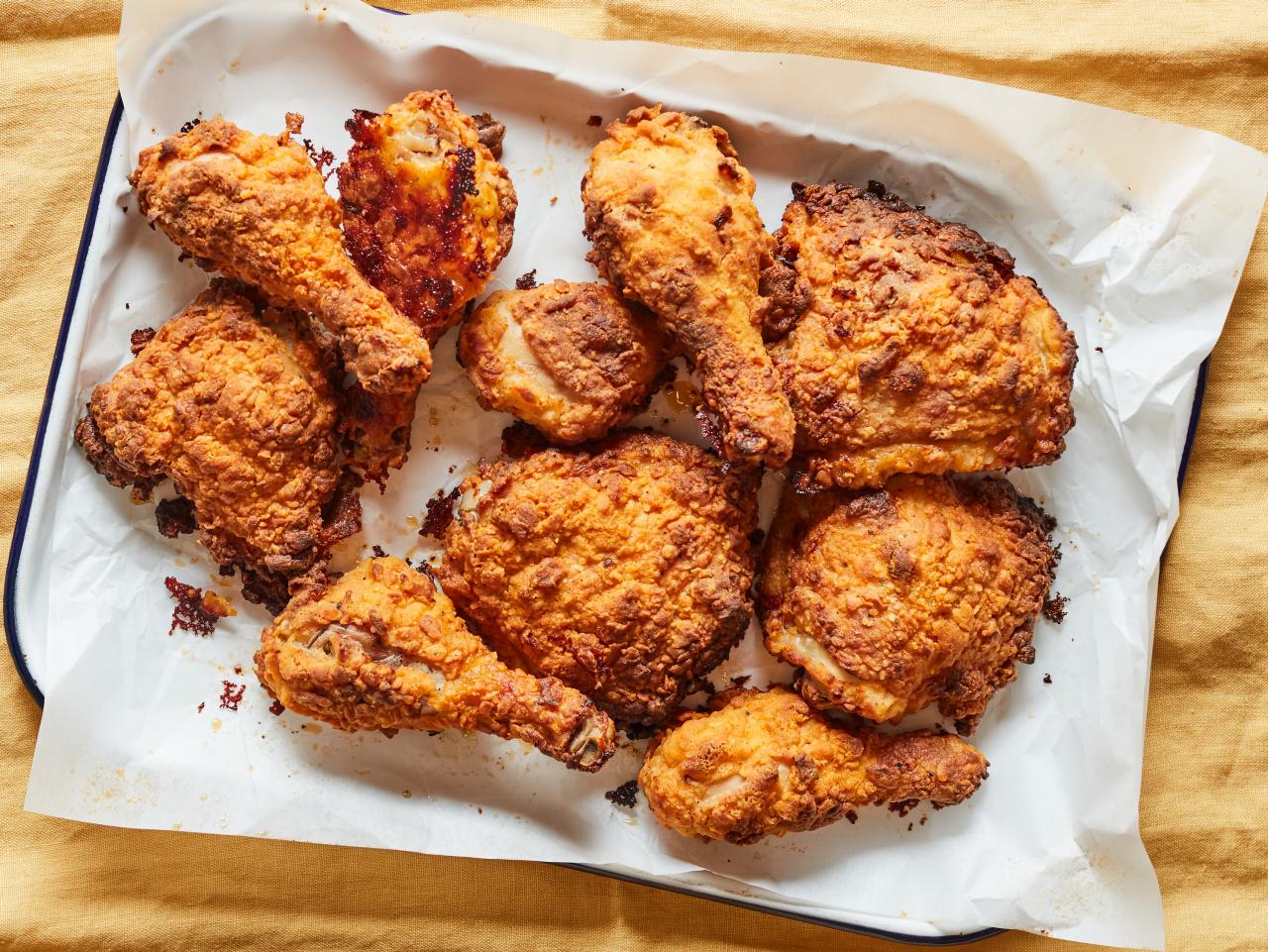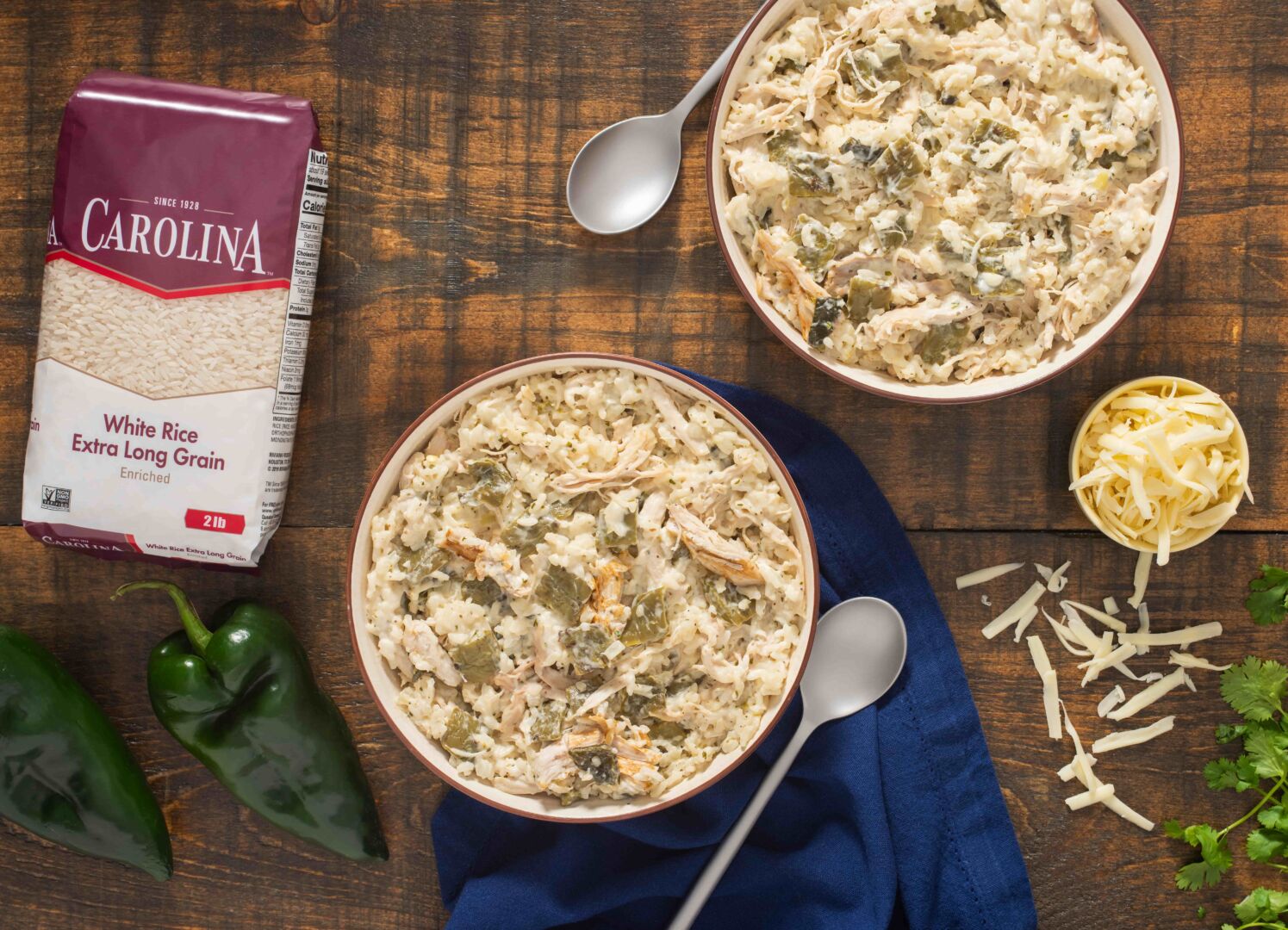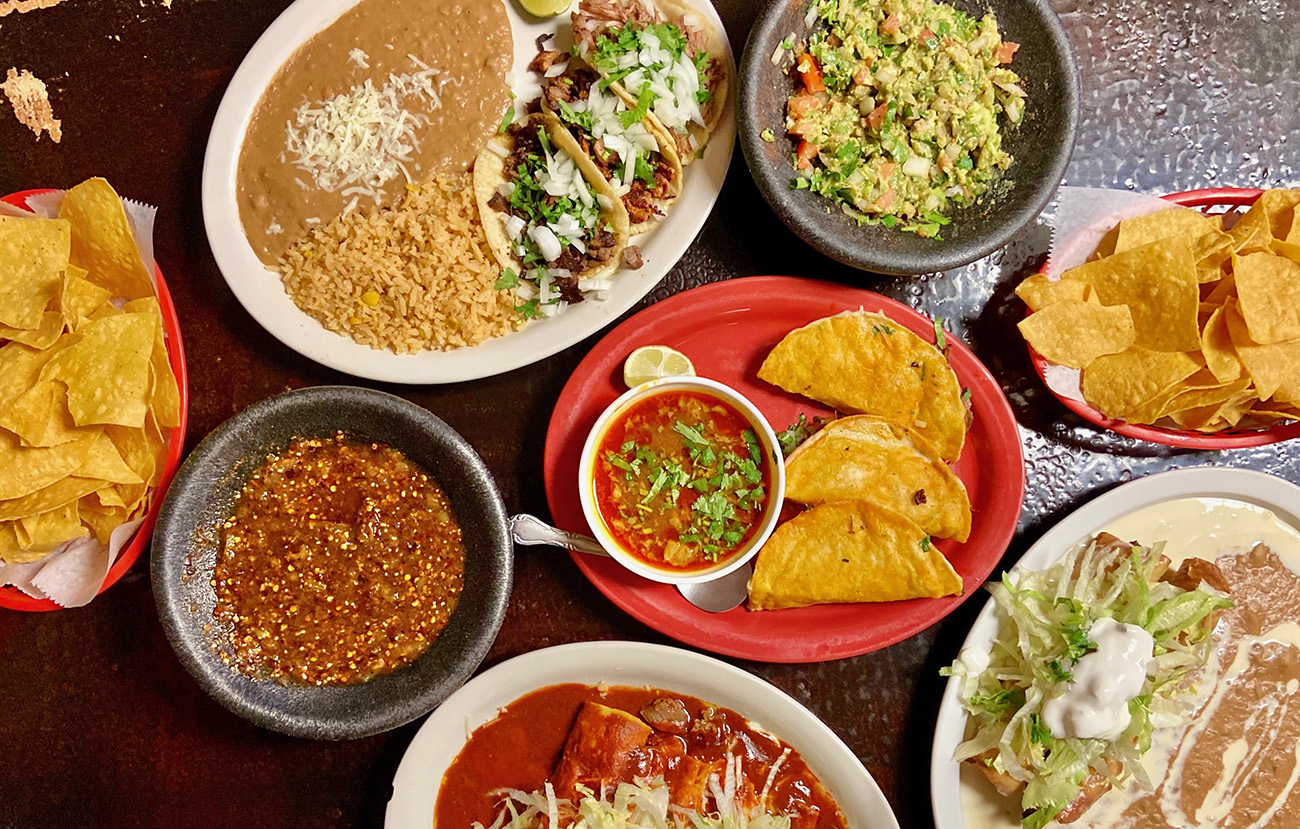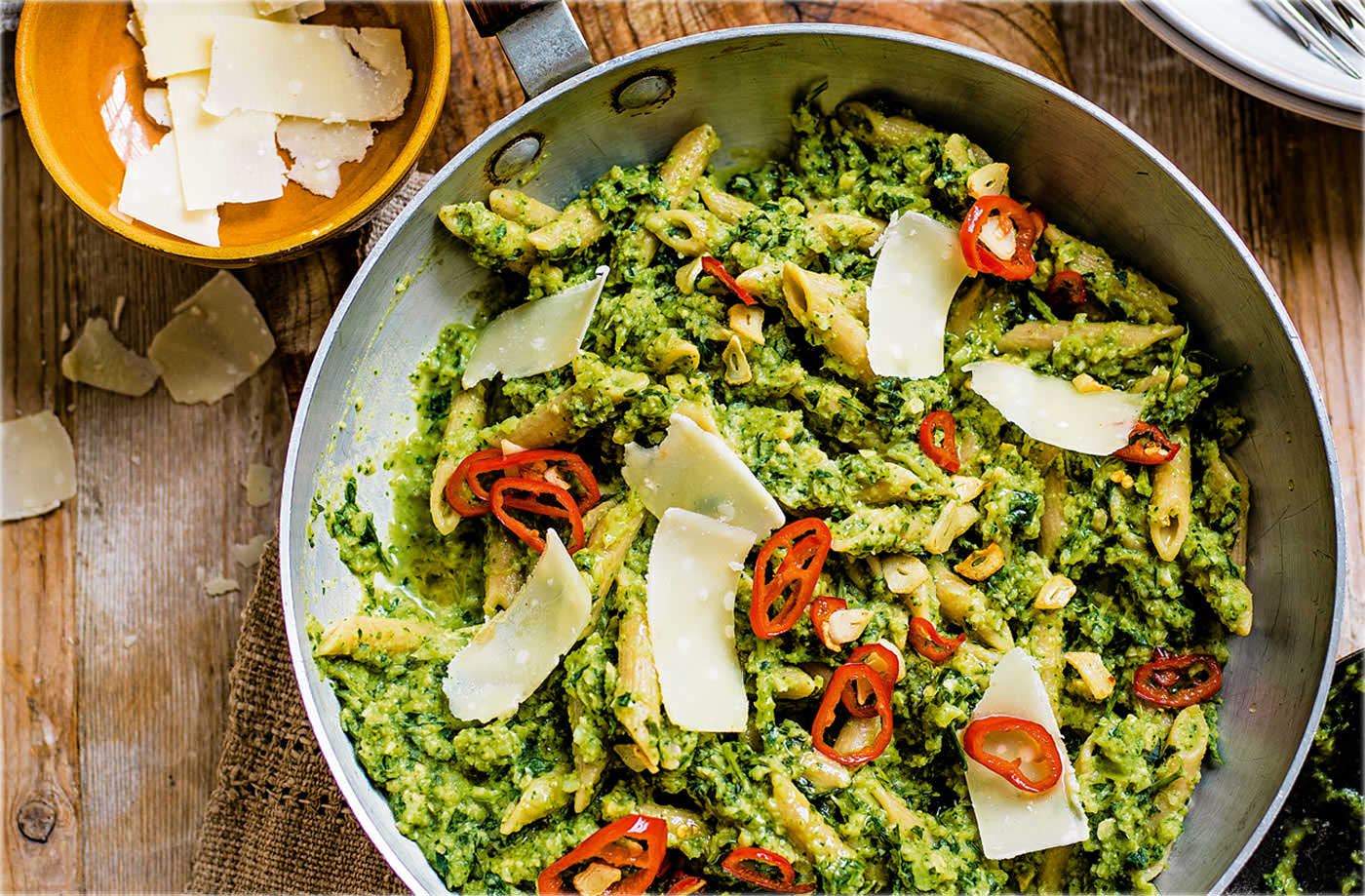How to Make a Perfect Omelet
Are you tired of your omelets turning out less than perfect? Don’t worry, we’ve got you covered! Follow these simple steps to create an omelet that will impress even the most discerning taste buds.
- Choose fresh ingredients: The key to a delicious omelet starts with high-quality ingredients. Use farm-fresh eggs, organic vegetables, and your favorite cheese to add flavor and texture to your omelet.
- Prep your ingredients: Before you start cooking, chop your vegetables, grate your cheese, and whisk your eggs. This preparation will make it easier and quicker to assemble your omelet once you’re ready.
- Use the right pan: A non-stick frying pan is essential for a perfect omelet. Make sure the pan is well-seasoned and heated before you add any ingredients.
- Heat the pan: Heat up your pan on medium-high heat and add a pat of butter or a drizzle of olive oil. Let the oil or butter melt and coat the pan evenly before adding your egg mixture.
- Pour in the eggs: Gently pour your whisked eggs into the hot pan, ensuring that they spread evenly. Use a spatula to move the edges of the omelet towards the center, allowing the uncooked eggs to flow to the sides.
- Customize your fillings: This is where the fun begins! Add your favorite vegetables, meats, and cheeses to one side of the omelet. For a classic omelet, you can try diced tomatoes, sautéed mushrooms, and shredded cheddar cheese.
- Flip it or fold it: Once the eggs are almost cooked through but still slightly runny on top, use a spatula to carefully flip one side of the omelet over the filling. Alternatively, you can fold the omelet in half if you prefer.
- Cook to perfection: Allow the omelet to cook for a few more minutes until the cheese has melted and the eggs are cooked to your desired level of doneness. Be careful not to overcook, as this will result in a dry omelet.
- Plate and serve: Slide your perfect omelet onto a plate, garnish with fresh herbs if desired, and serve it hot. Pair it with a side of toast or a crisp salad for a complete and satisfying meal.
Now that you have mastered the art of making a perfect omelet, you can get creative with different fillings and variations. Whether it’s a classic ham and cheese omelet or a vegetable-packed Mediterranean omelet, the possibilities are endless.
So, go ahead and impress your friends and family with your newfound omelet-making skills. With a little practice and experimentation, you’ll be whipping up delicious omelets in no time!
Explore More Delicious Omelet Variations and Recipes
After mastering the art of making the perfect omelet, readers are encouraged to apply their newfound skills across a diverse range of recipes. For those who appreciate classic flavors, the Classic French Omelet Recipe is a must-try due to its simplicity and elegance. Adventure seekers might prefer the bold flavors of the Korean Kimchi Omelet Recipe, which offers a spicy twist on the traditional omelet. For a heartier meal, the Chorizo and Potato Omelet Recipe combines robust tastes and satisfying textures, making it ideal for brunch. These recipes not only broaden your culinary repertoire but also enhance your ability to adapt the basic omelet technique to various ingredients.
Was this page helpful?
Read Next: How To Make Popcorn On The Stove











